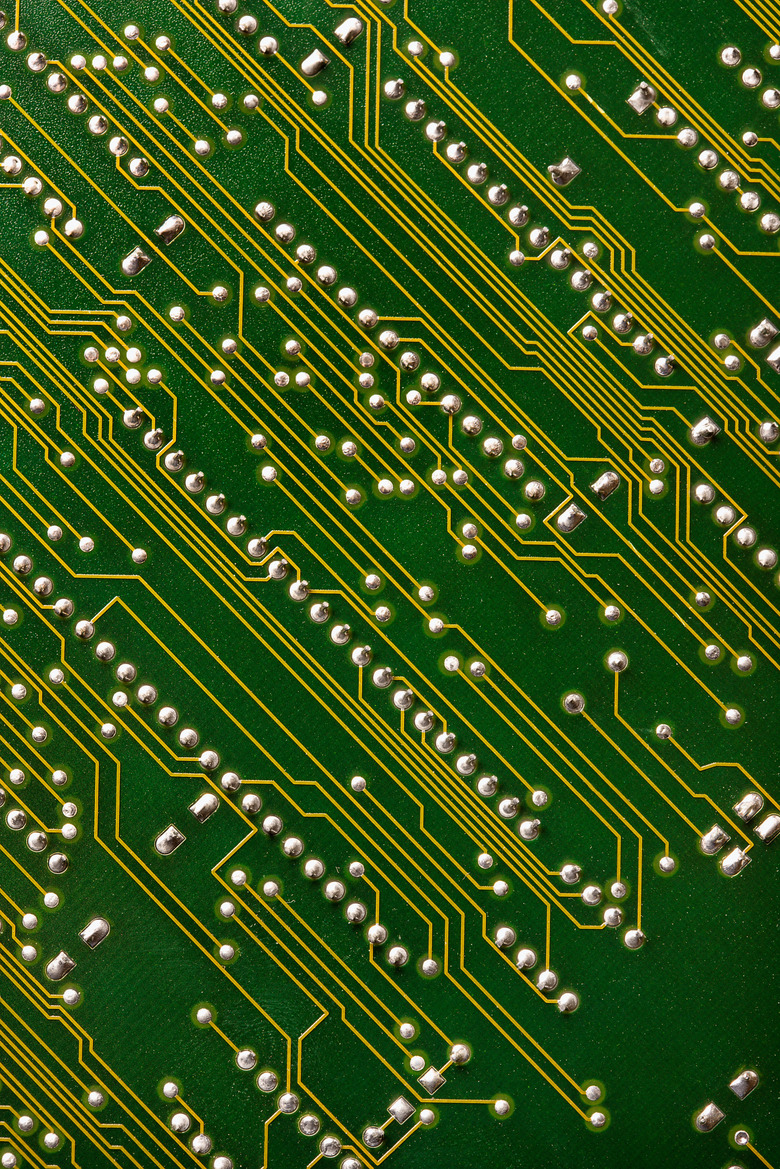How Gold Is Recycled
Gold has been prized as far back as ancient Egypt for its beauty and unique properties. Humans value gold because it is rare, lustrous, easy to melt, malleable and an excellent electrical conductor. Because it is a precious metal, recycling gold can be a cost-effective alternative to mining, depending on the source and how difficult it is to separate the gold from other materials in the waste stream. Recycled gold made up 35 percent of available gold between 2005 and 2010.
Sources of Gold for Recycling
Sources of Gold for Recycling
Gold is used to create jewelry and coins, as dental fillings and bridges and in industrial and electronic applications. Gold jewelry and coins are often recycled through brick-and-mortar dealers or mail-in programs that pay individuals for the unwanted gold. Gold recycled from fillings and other dental work is often collected by dentists and sent to a recycler. Significant quantities of gold are found in catalytic converters and circuit boards, which can be recycled by municipalities or commercial collectors.
Recycling Jewelry and Coins
Recycling Jewelry and Coins
The first step in recycling gold jewelry and coins is sorting out the purities of gold, measured in karats, with 24 karats representing pure gold. The quantity of impurities can be assayed with an acid kit, electronic tester, X-ray fluorescence spectrometer or melting point test. Once the gold is sorted, it will be melted in a crucible at around 1,064 degrees Celsius (1,947 degrees Fahrenheit) and either poured into bars marked by purity, or further smelted to remove impurities. Smelting is a process where impurities are burned off, or a flux is added to react with impurities and separate them from the pure metal.
Recycling Electronics
Recycling Electronics
Recycling gold from industrial and electronic waste is less straightforward because the gold is embedded in a metal or plastic housing and may only be two percent by weight. Once the pieces containing the precious metal have been stripped, several options exist for processing. The first is chemical stripping with a compound that reacts with the gold. The second option is to melt down the metal components, cool them and grind them up. Both processes require further extraction and purification through smelting.
Dental Gold Recycling
Dental Gold Recycling
The gold found in pulled or discarded fillings, bridges and casting molds can be collected by dentists and sent to a recycler. The purity of dental gold is usually 16 karat, but it is slightly more complicated to recycle than jewelry because it may include nonmetal content like tooth enamel or porcelain. The recycler will use a process like acid reduction or reverse electroplating to extract the gold from the nonmetal elements. The extracted gold can then be formed into bars or further refined.
Cite This Article
MLA
Becker, Andrea. "How Gold Is Recycled" sciencing.com, https://www.sciencing.com/gold-recycled-10776/. 24 April 2017.
APA
Becker, Andrea. (2017, April 24). How Gold Is Recycled. sciencing.com. Retrieved from https://www.sciencing.com/gold-recycled-10776/
Chicago
Becker, Andrea. How Gold Is Recycled last modified March 24, 2022. https://www.sciencing.com/gold-recycled-10776/
